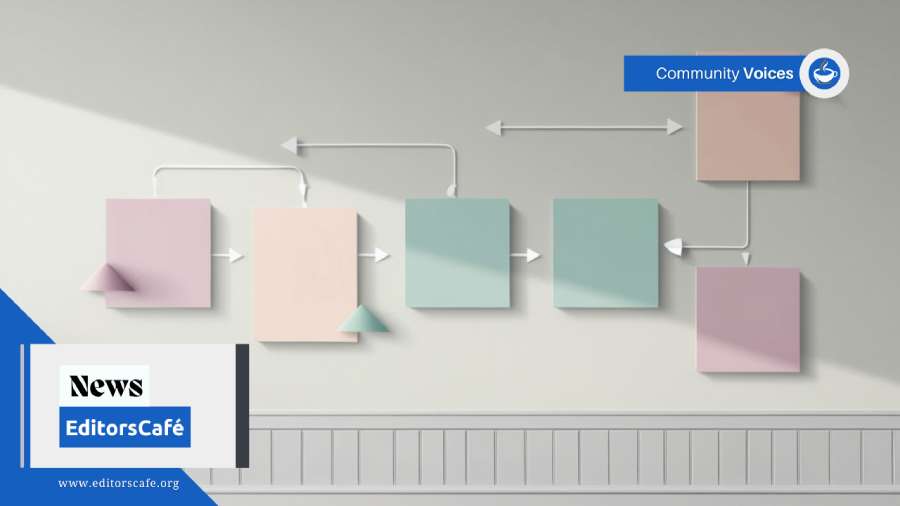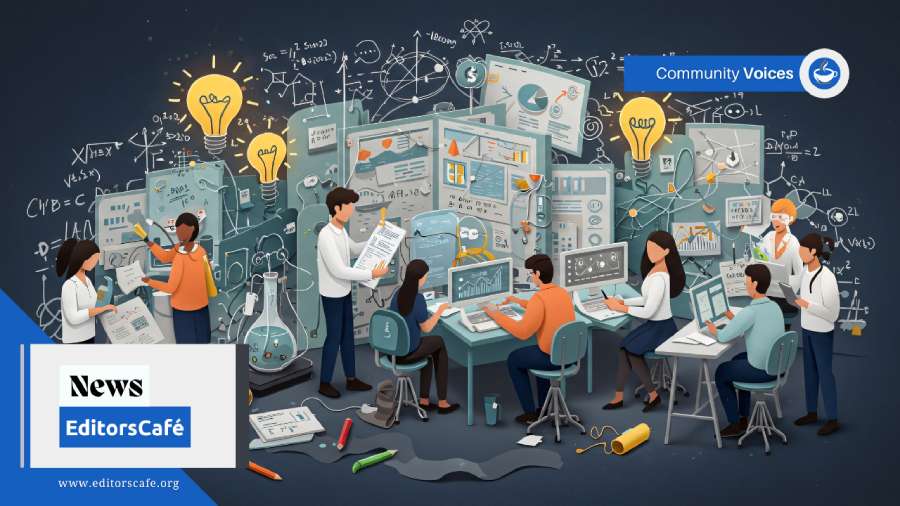Open Access in India: Advancements Towards Equitable Scholarly Communication

Over the past two decades, Open Access (OA) publishing in India has experienced a remarkable evolution, from grassroots movements to comprehensive national policy frameworks. As one of the world’s leading contributors to scholarly research, India is increasingly prioritising equitable access to knowledge, recognising its critical role in supporting a diverse and resource-constrained academic ecosystem.
Evolution of OA and Current Advancements in India
India’s OA movement began in the early 2000s. The launch of the Journal of Tropical Agriculture in 2001 by Kerala Agricultural University is generally regarded as the country’s first OA journal. In 2006, the National Knowledge Commission recommended OA as a strategy to broaden opportunities and foster innovation. By 2011, major government decision-making institutions like the Council of Scientific and Industrial Research (CSIR) and the University Grants Commission (UGC) began mandating OA for funded research and theses, respectively. Additionally, the launch of Shodhganga, a digital repository for Indian theses in 2011, was a landmark step in the formalisation and institutionalisation of OA practices in the country’s academic and research ecosystem.
Progressively, India’s OA ecosystem has been further bolstered by institutional mandates and government-backed platforms. The Indian Council of Agricultural Research (ICAR) adopted OA policies in 2013, followed by mandates from other government bodies such as the Department of Biotechnology (DBT) and the Department of Science & Technology (DST) in 2014. These policies require researchers to deposit their work in institutional repositories, enhancing public access to government-funded research.
Very recently, the One Nation One Subscription (ONOS) initiative, launched early 2025, represents another bold national-level effort to provide universal access to scholarly literature by creating a single subscription for over 30 major publishers, making high-quality research available to students and researchers across India. ONOS aims to negotiate centralised subscriptions with publishers, granting access to over 13,000 journals for more than 6,500 institutions across India. The initiative also envisions concessions on Article Processing Charges (APCs), further promoting OA publishing. Though currently only government higher education institutions and R&D institutes/labs are eligible for ONOS, private institutions/universities are planned to be covered during later phases of implementation.
Expanding OA Journals and Repositories
India is also making significant advancements in building OA infrastructure. A recent report notes that the Directory of Open Access Journals (DOAJ) listed over 326 Indian OA journals, with 237 of them not charging any APCs. This reflects a strong commitment to equitable access to scholarly communication. Further platforms like IndiaJOL offer Diamond OA hosting for non-profit scholarly societies, thereby lowering the financial barriers and burden for authors, researchers and readers. In terms of repositories, as of November 2024, India held the 17th position worldwide with 111 repositories indexed in OpenDOAR. Repositories, including Shodhganga and institutional archives at the Indian Institute of Science (IISc) and CSIR, play a crucial role in preserving and disseminating academic and research output.
Challenges and Opportunities
Despite these advancements, India still faces several challenges in OA adoption. Many governing bodies and universities set up OA repositories to disseminate their research outcomes to a broader audience. However, their efforts have often not yielded the expected outcomes because of inefficient policy implementation. A study found that only 12% of Indian publications indexed in Scopus were OA. The barriers to higher uptake include a lack of awareness among researchers, limited institutional funding for APCs, and insufficient digital infrastructure in smaller or financially constrained academic and research organisations.
Nevertheless, significant opportunities exist. If implemented effectively, the ONOS initiative has the potential to reduce access inequities and promote a culture of open science. Community-driven platforms, such as OA India, continue to advocate for OA policies. Moreover, the increasing visibility and citation impact of OA publications offer strong incentives for researchers to adopt open dissemination of their research.
Summary
The outlook for OA in India appears highly promising, driven by strong policy-level interest and a growing commitment to promote the OA movement. The nation’s OA journey reflects a dynamic interplay between multiple stakeholders, grassroots advocacy by academicians and researchers, institutional mandates from leading universities and research organisations, and innovative national policies aimed at fostering transparency in scientific information and its increased accessibility. Despite persisting challenges, India’s sustained commitment to equitable knowledge access and democratisation positions it as a frontrunner in advancing the OA movement across South Asia. Sustained investment in infrastructure, heightened awareness, and policy coherence will be key to unlocking the full potential of OA in India.
Keywords
Open Access India Scholarly Communication Diamond OA Article Processing Charges One Nation One Subscription institutional Repositories Equitable Access Research Policy
I am an International Society for Medical Publication Professionals-Certified Medical Publication Professional™ (ISMPP-CMPP™ 2020) with over 18 years of experience spanning academia and the pharmaceutical industry. Throughout my career, I have supported academic authors, scientists, editors, and peer reviewers across the entire publication lifecycle—from manuscript development to submission—ensuring the delivery of high-quality, compliant scientific content. With more than one and a half decades of specialized experience in medical communications, I have worked with leading pharmaceutical companies and healthcare solution providers, contributing to the successful execution of a wide range of publication and communication projects. In addition to my core publication expertise, I have been actively involved in project scoping, budgeting, and proposal development. As a culturally adaptable and collaborative professional, I am passionate about advancing best practices in science communication by mentoring early-career professionals and enhancing awareness of ethical publishing practices within the scientific community.
View All Posts by Ramandeep SinghDisclaimer
The views and opinions expressed in this article are those of the author(s) and do not necessarily reflect the official policy or position of their affiliated institutions, the Asian Council of Science Editors (ACSE), or the Editor’s Café editorial team.



